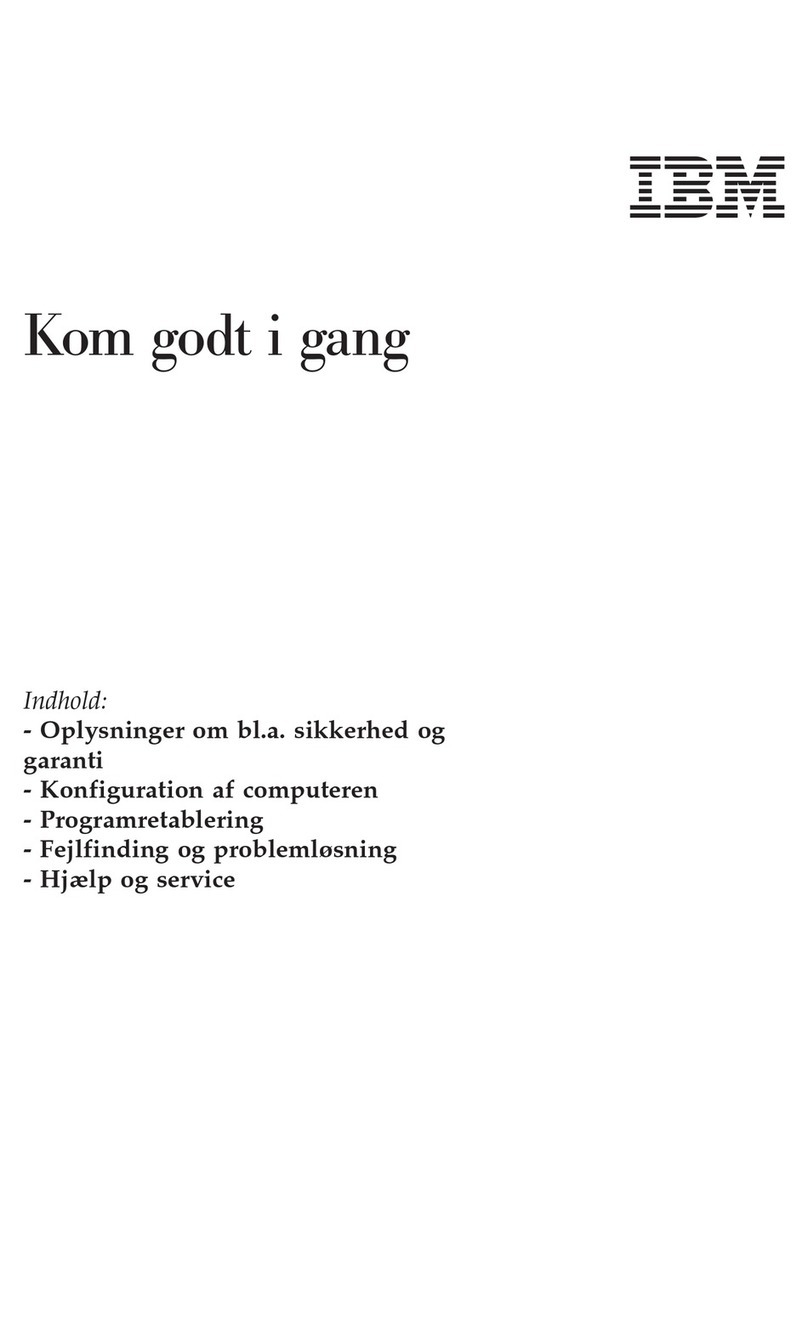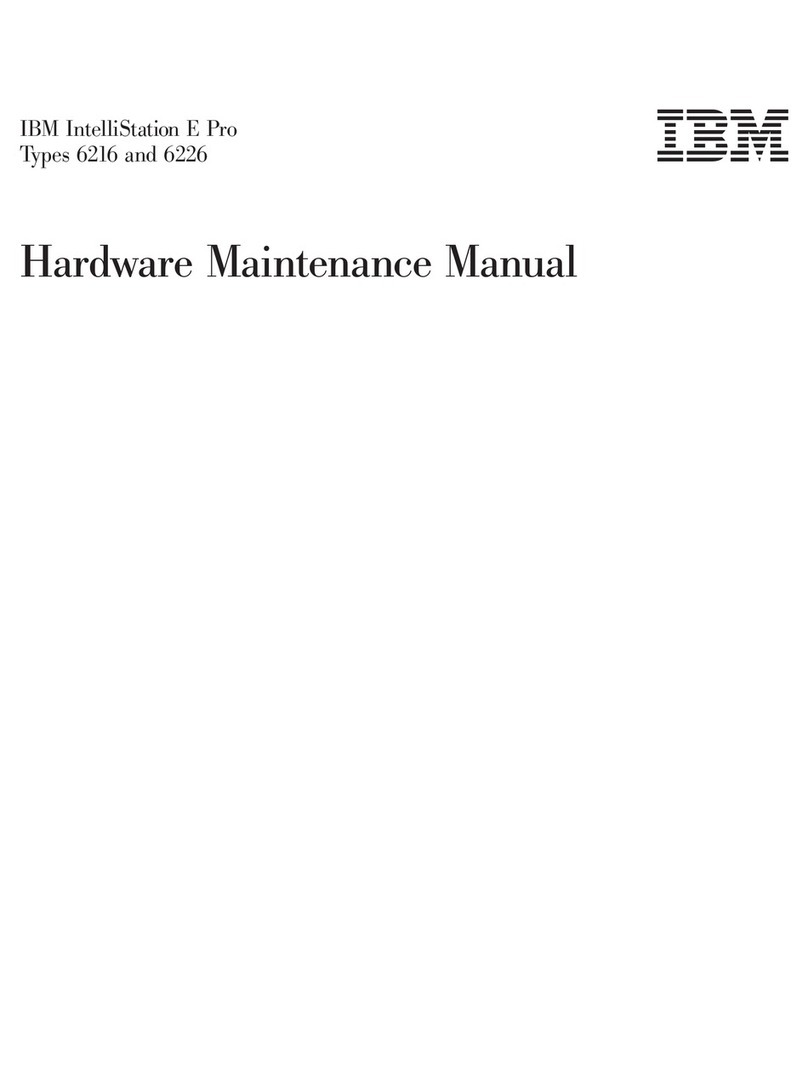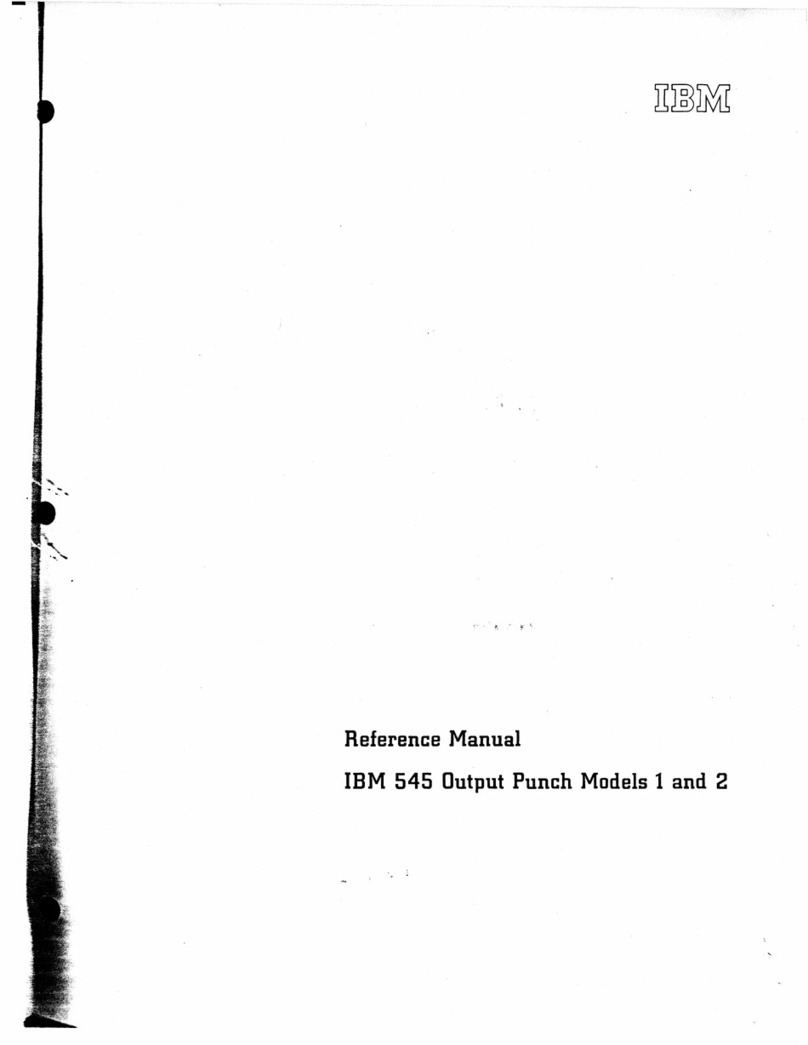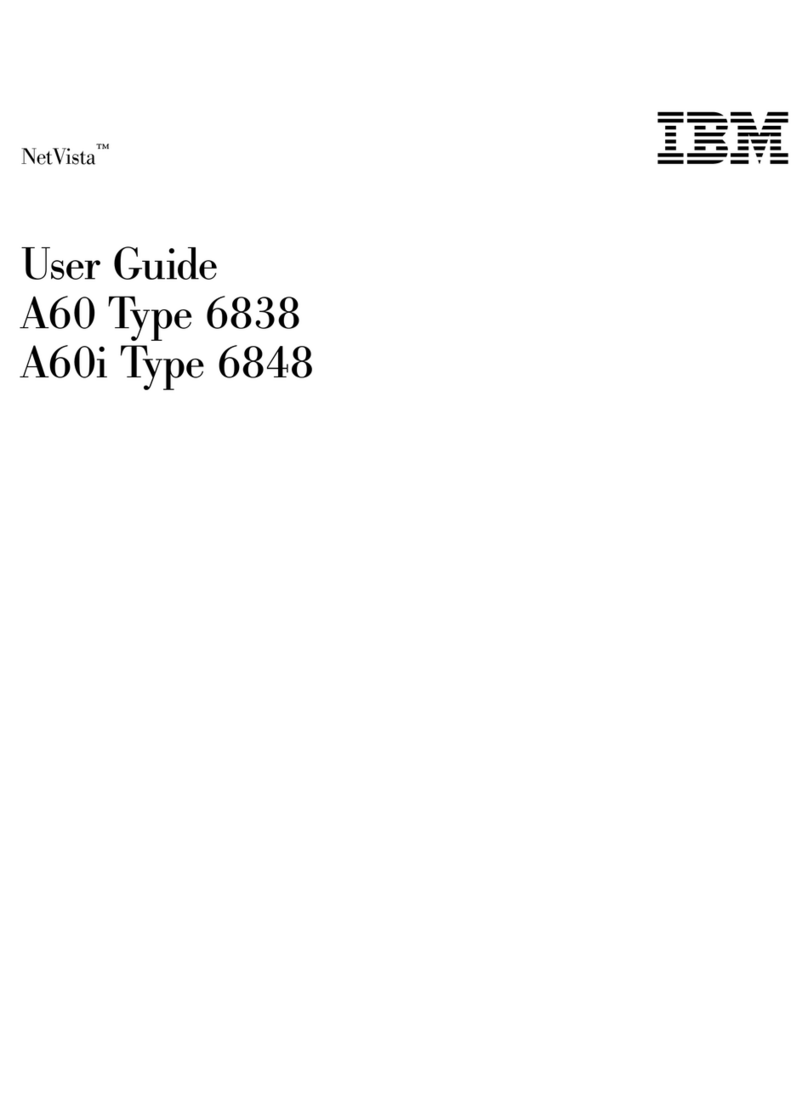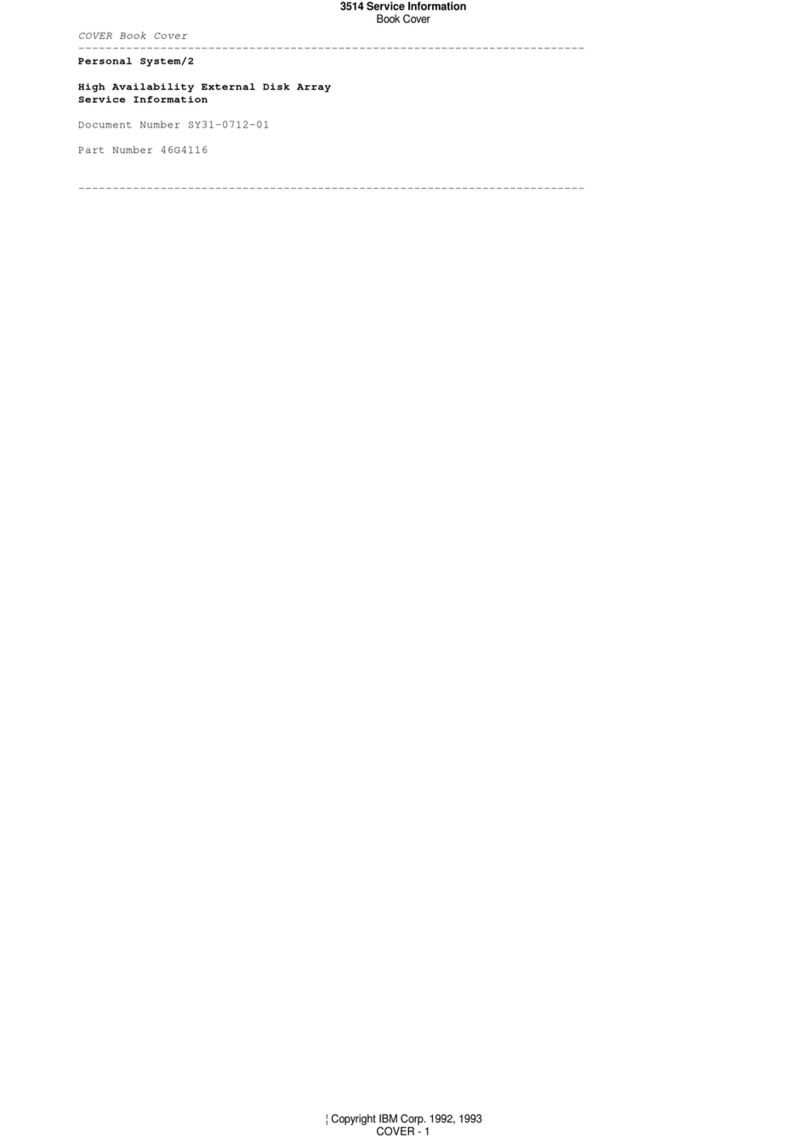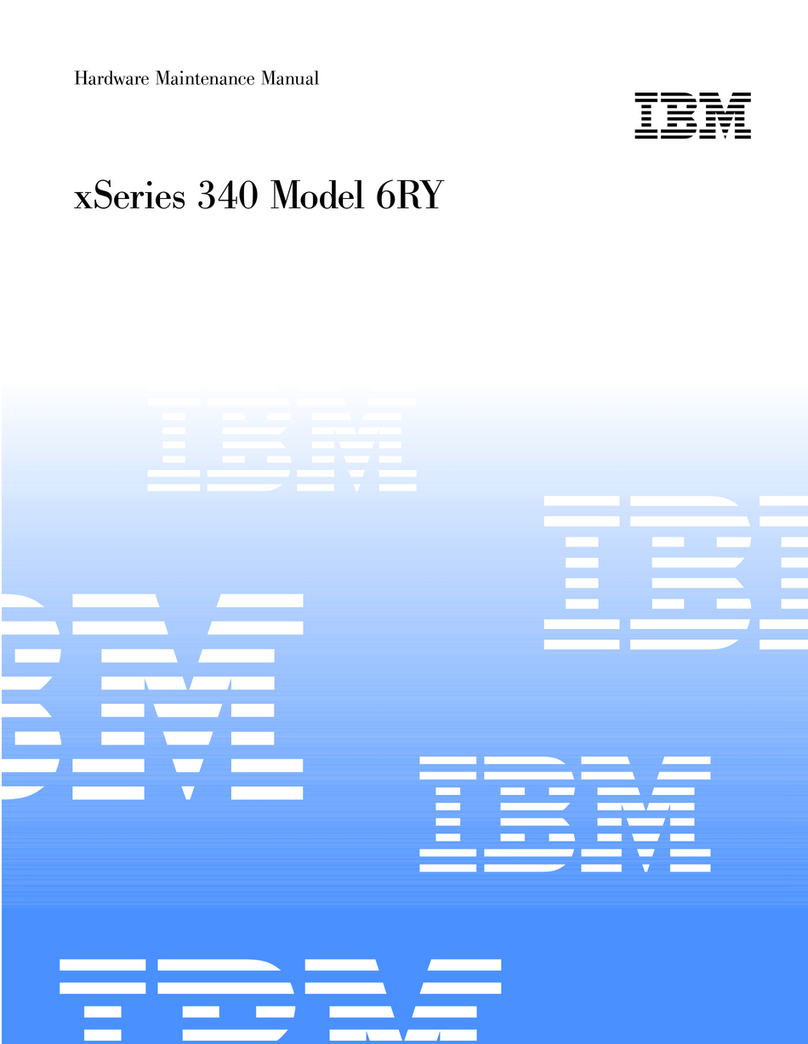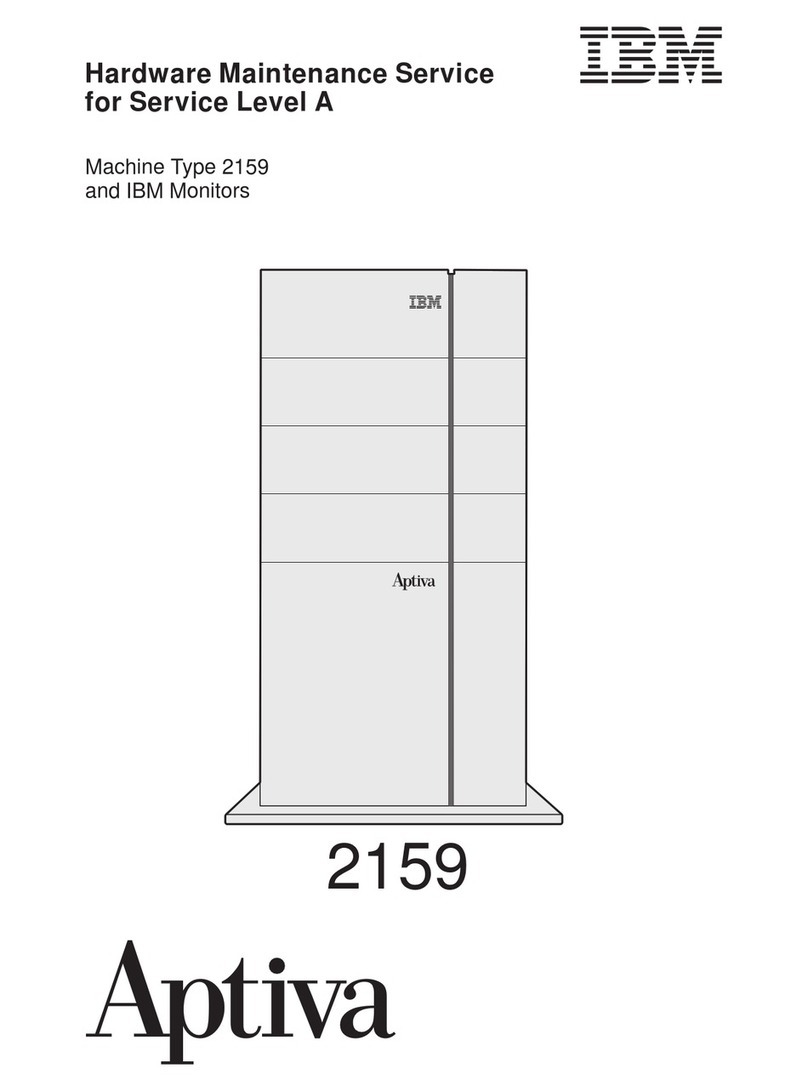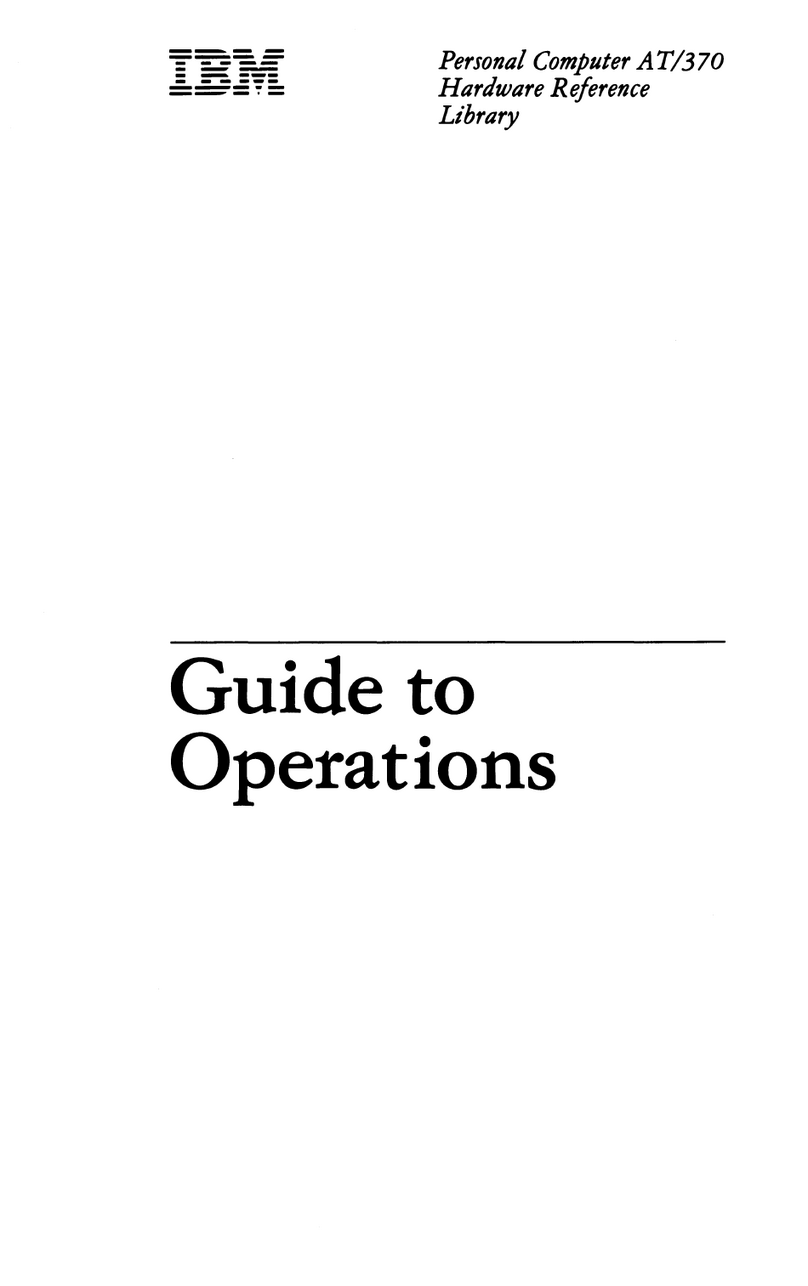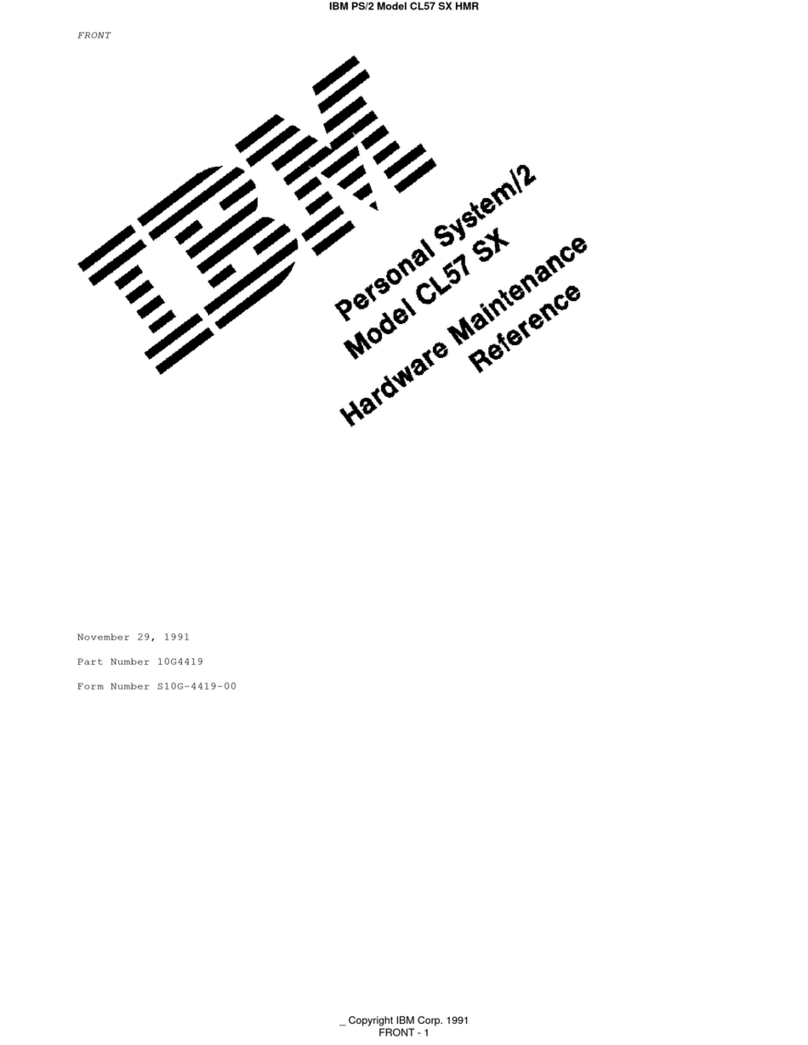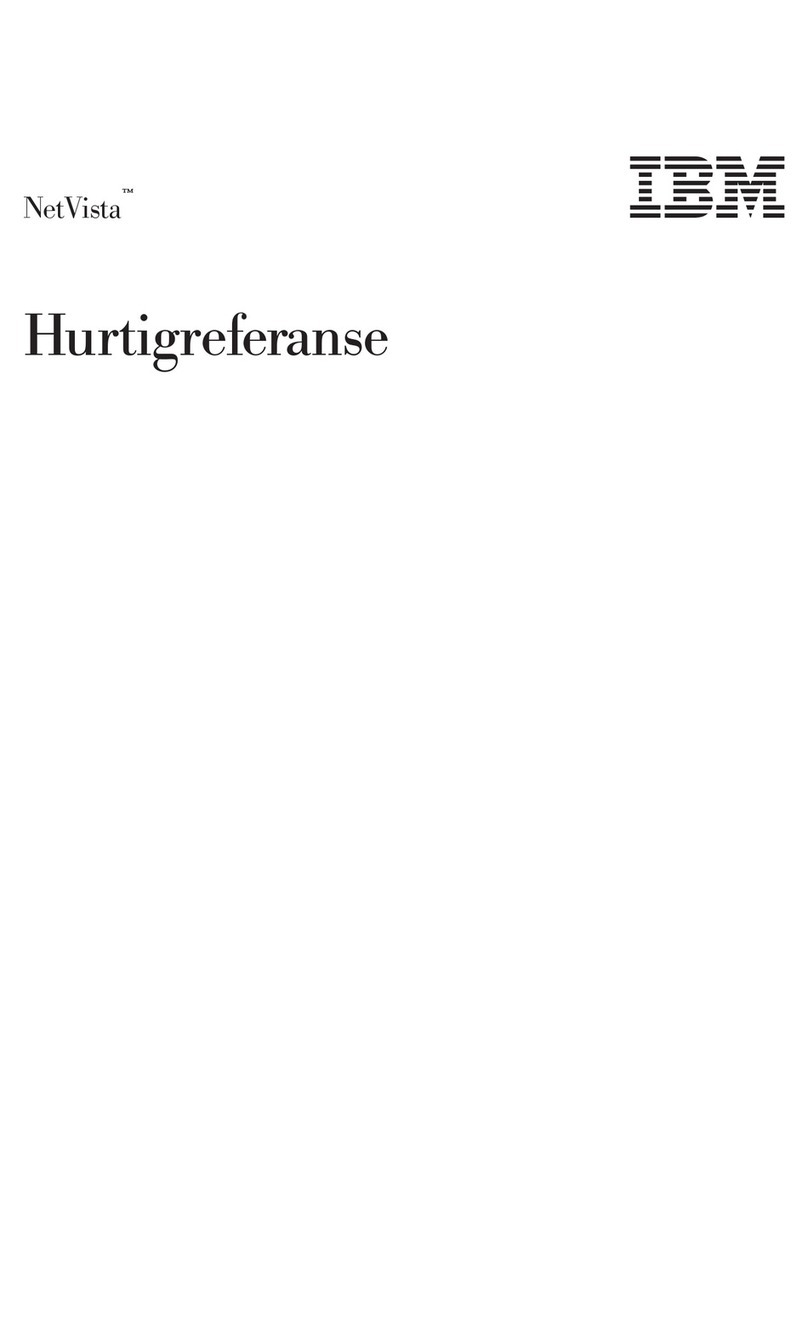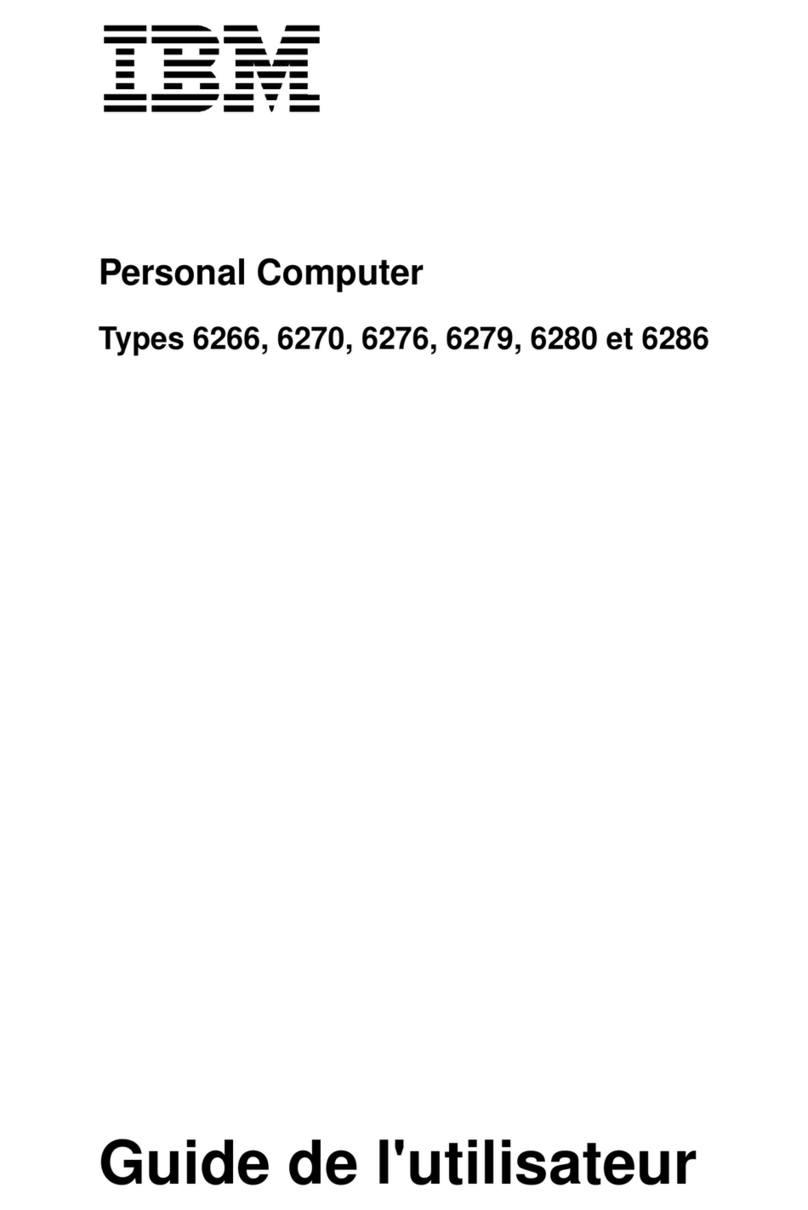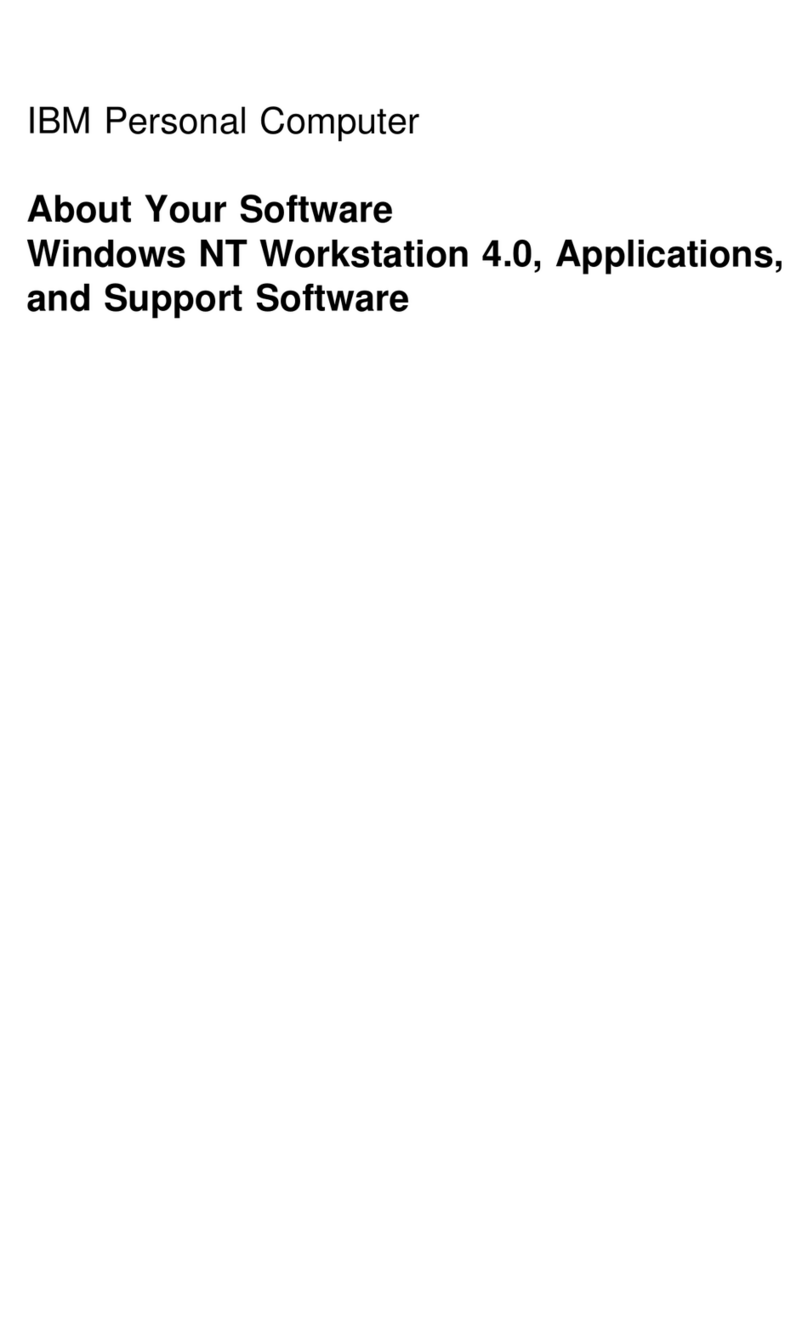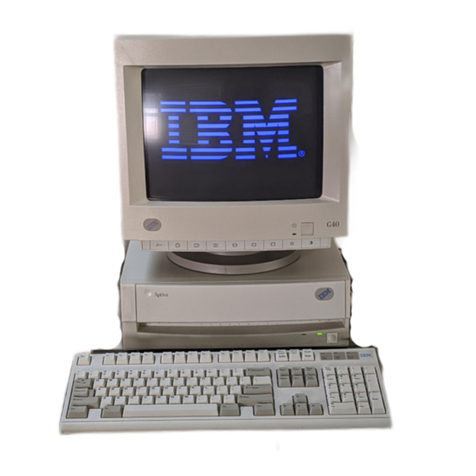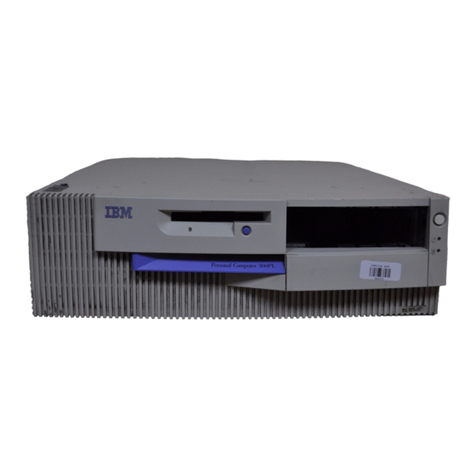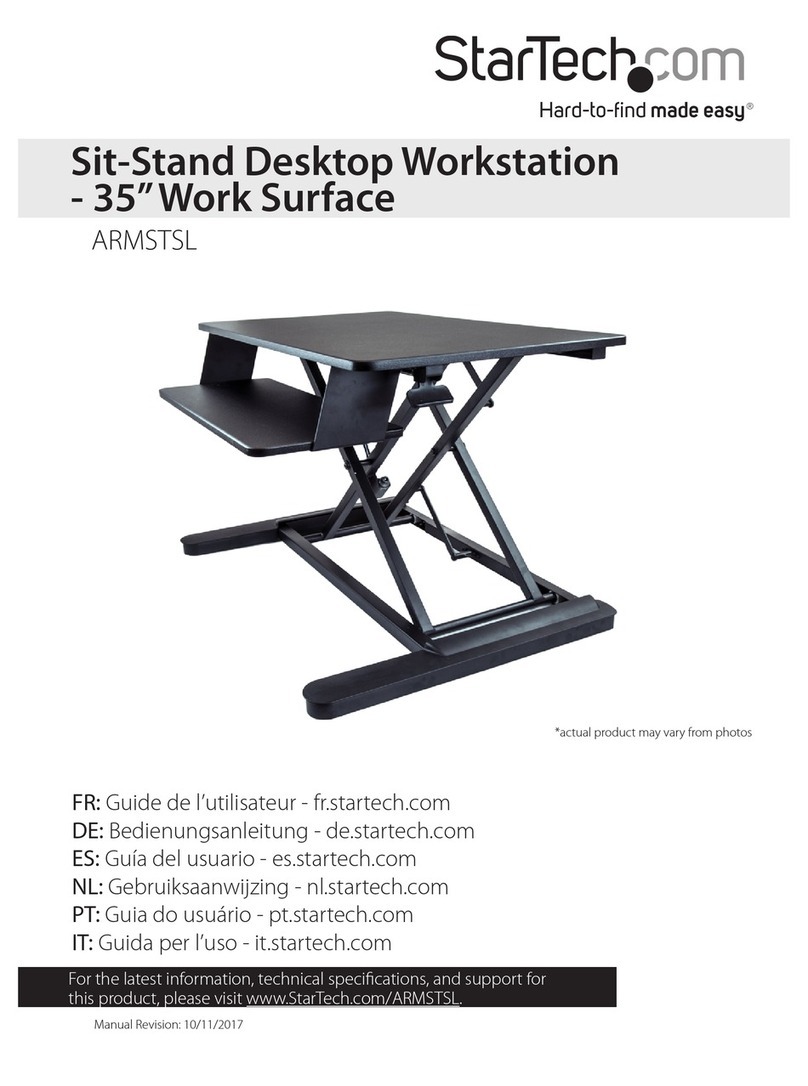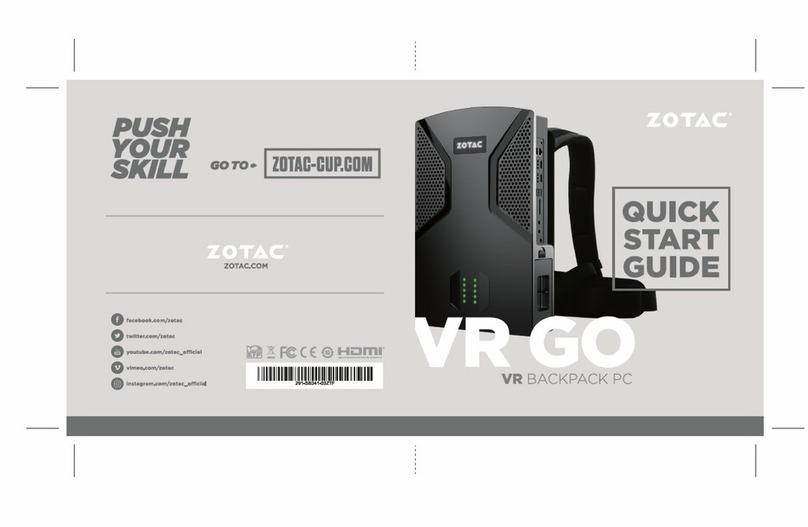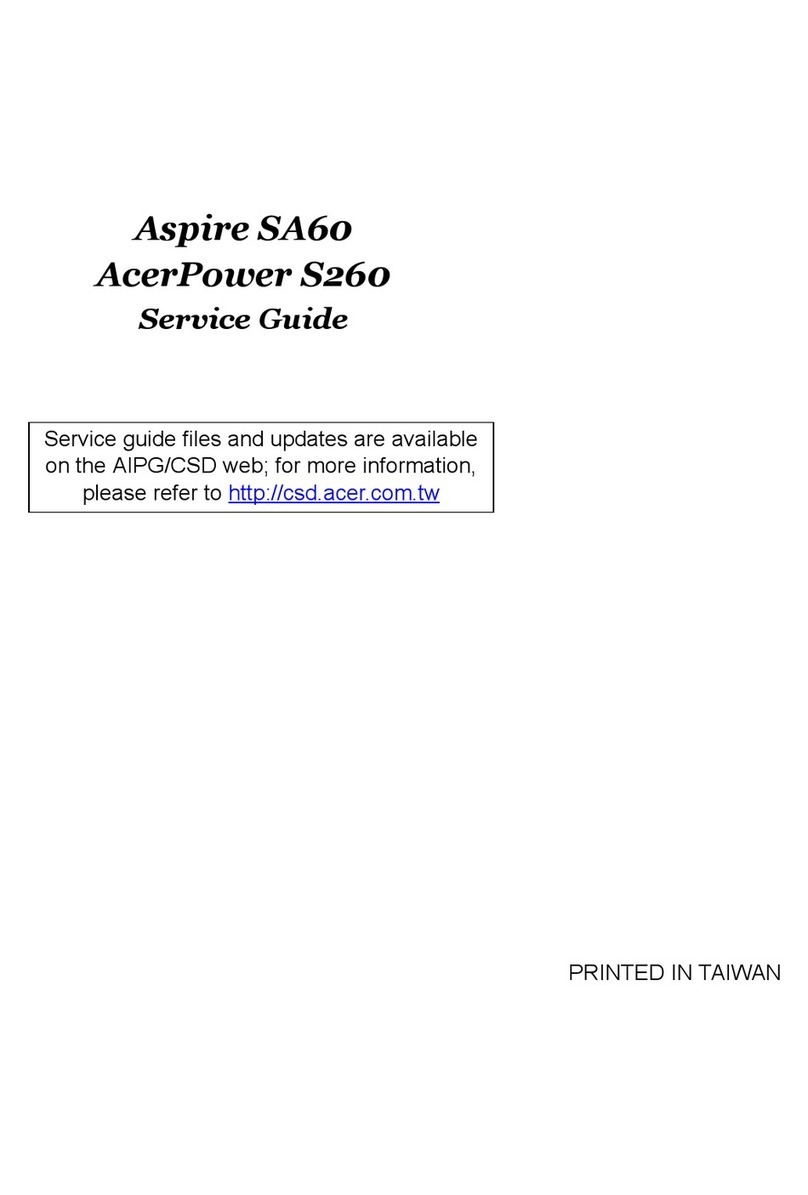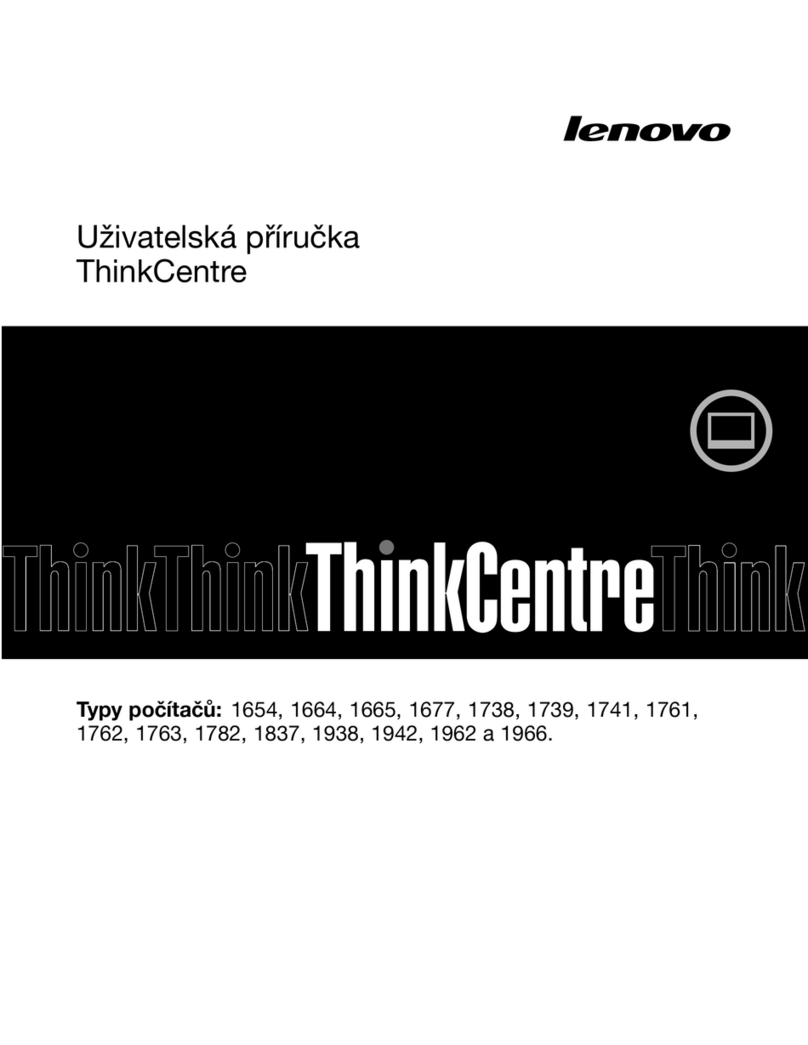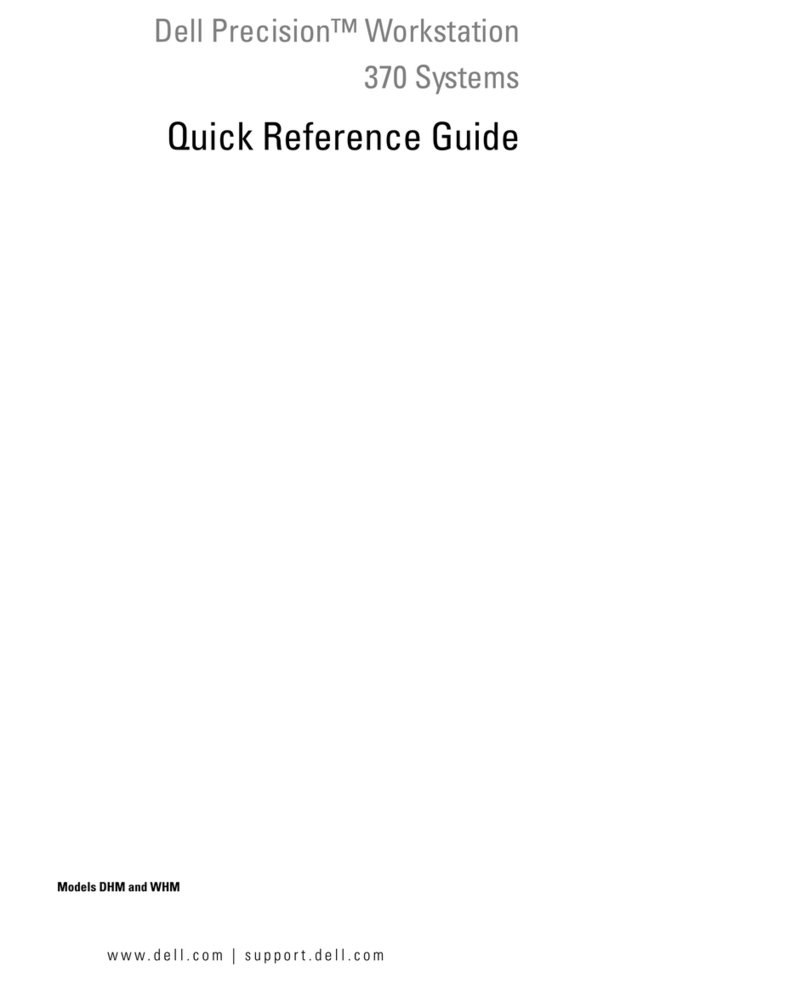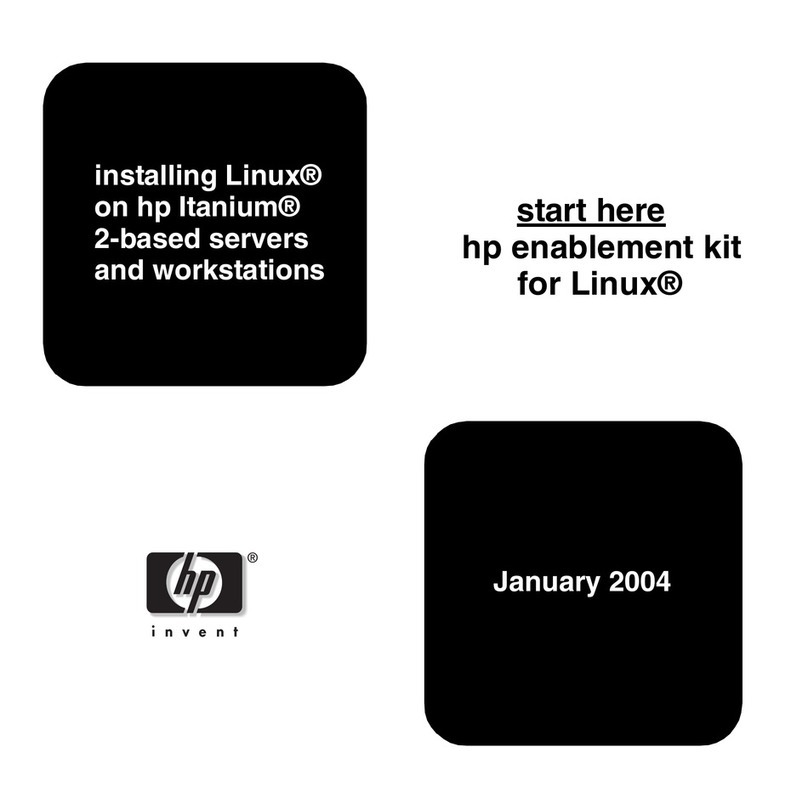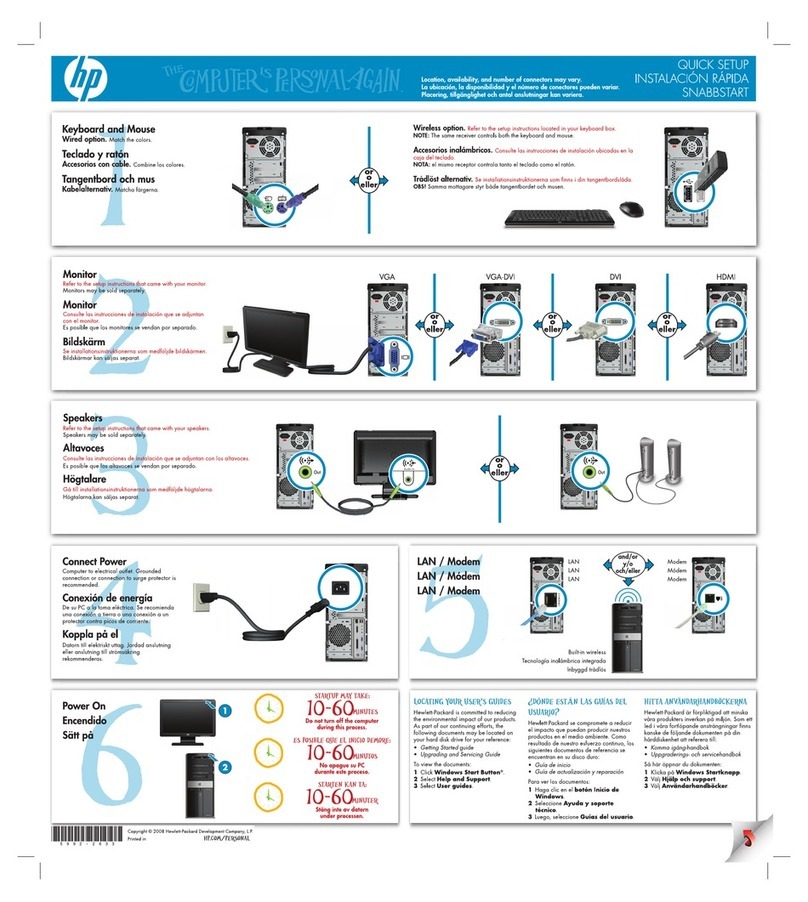
Contents
CHAPTER 1.
IBM
3741
DATA
STATION
• CHAPTER 4. PRODUCTION STATISTICS
34
IBM
3741 Data Station
Overview.
Counters.
34
Keyboard 2 Keystroke Counter .
34
Display 2 Record
Counter.
34
Diskette
Unit
3
Verify
Correction Keystroke Counter
34
Standard Functions and Available Features 4 Displaying Production Statistics
34
Track
to
Record Conversion Table 35
CHAPTER 2. OPERATION MODES
AND
CONSIDE
RATIONS
5 CHAPTER 5.
ONLINE
FIELD
TOTALS
36
Buffers 5 Online Field Totals
Operation.
36
Current Record
Buffer
5 Displaying Field
Totals.
36
Previous Record
Buffer.
5 Programming Online Field
Total
Fields
36
Hold
Buffer
• 5 Accumulate Totals Fields 37
Program
Buffers.
5 Read Out/Reset Field
Total
Fields 37
Power On
Information
5 Online Field
Total
Restrictions
38
Modes
of
Operation.
6
Example.
38
Read Index Mode (X) 6
Auto
Balance Example • 39
Index
Track
Data
Set
Labels 8
Data Set Label Error Checking
11
CHAPTER 6.
OFFLINE
FIELD
TOTALS
40
Modify
Index Mode (M)
11
Offline
Field Totals Operation
40
Enter Mode (E) 12 Displaying
Offline
Field
Total
Accumulators 40
Update Mode (U) 13 Programming
Offline
Field
Total
Fields •
41
Verify
Mode (V) 13 Accumulate Totals Fields
41
Field Correct Mode
(C)
.
15
Read
Out
Field Totals Fields
41
Search Mode
(S)
• 15
Read
Out/Reset Field Totals Fields
41
Field Totals Mode (F) 18 Control
Statements.
42
Hexadecimal Data
18
Control Statement Format Character Description 43
Multipunch
Operations.
19 Examples. 45
Hexadecimal Display 19 Unconditional Program
Buffer
Selection.
46
Deleted Records. 19
Offline
Field Totals Example 46
Mode Considerations
for
Deleted Records
20
Program
Buffer
5 47
Record Insert Feature
20
Program
Buffer
6 47
Record Insert Mode Characteristics
21
Program
Buffer
7 47
Adding Records
to
a Batch 22
Offline
Field Totals Setup Example 47
Data Recovery 22
Bad
Spots on Disk 23 CHAPTER 7. SECOND
DISK
49
No Record Found (2) Error 23 Dual Disk Operation on the 3741 • 49
Seek
(3)
Error
23 Search Operations
on
the Second Disk 49
Disk Read (4)
Error.
23 Copy . 50
Disk Write (5) Error
24
Copy
All
(Image Copy)
or
Part
of
Disk 2 50
CE
Mode.
24
Copy
All
(Image Copy)
or
Part
of
a Data Set 50
Copy Up
to
a Specified Record on Disk 2 50
CHAPTER 3. PROGRAM
INFORMATION
25 Copying a Record
50
Program Coding • 25
Program Field Descriptions 25 CHAPTER 8.
DISK
INITIALIZATION.
51
Creating and Storing Programs 28 Initialization Procedure 52
Displaying Programs
30
Disk Checking 53
Changing a Program
in
a Program
Buffer.
30
Program Chaining
30
CHAPTER 9. SELF-CHECK
FEATURE
55
Program Chaining Example
31
Computing the Self-Check
Digit
55
Operator Guidance •
31
Modulus
10
55
Prompting Messages.
32
Modulus
11
56
)
I
v
